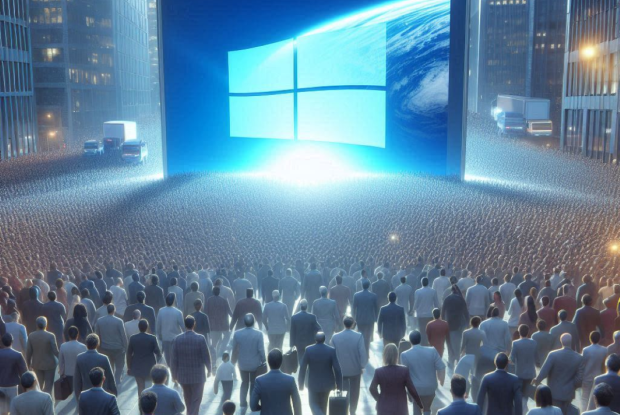Microsoft announced it was officially ending support for the world's most-used operating system, Windows 10, in October of next year, and while the initial announcement didn't cause much of a change in terms of operating system market share, we have now seen a slight decrease in Windows 10's user base and a spike in Windows 11's.

In December last year, Microsoft announced it was officially ending support for Windows 10, which at the time had a market share of 71%. Moreover, at the time of the announcement, Windows 10's market share hadn't changed in the past two years, indicating Windows 11 adoption was stagnating. Furthermore, Statcounter reported earlier this year that Windows 11 was the first OS to lose customers mid-cycle.
Furthermore, in May this year, Windows 10 climbed nearly 1% in market share, causing Windows 11 to dip down to 25.68% market share. The shift in users indicated Windows 11 users went back to Windows 10. However, that seems to be changing now, as Statcounter reported in June 2024 that Windows 11 increased its market share by 2.14%, jumping up from 27.67% to 29.71%.
While this may be great news for Microsoft, as it certainly wants all Windows 10 users to migrate to Windows 11, the company's latest operating system still has quite a long way to go. At the moment, Windows 10 accounts for 66.1% of the OS market,
Operating System Market Share (as of July 1, 2024)
- Windows 10: 66.1% (-2.23)
- Windows 11: 29.7% (+2.14)
- Windows 7: 2.95% (+0.09)
- Windows 8.1: 0.4% (-0.03)
- Windows XP: 0.39% (+0.02)




